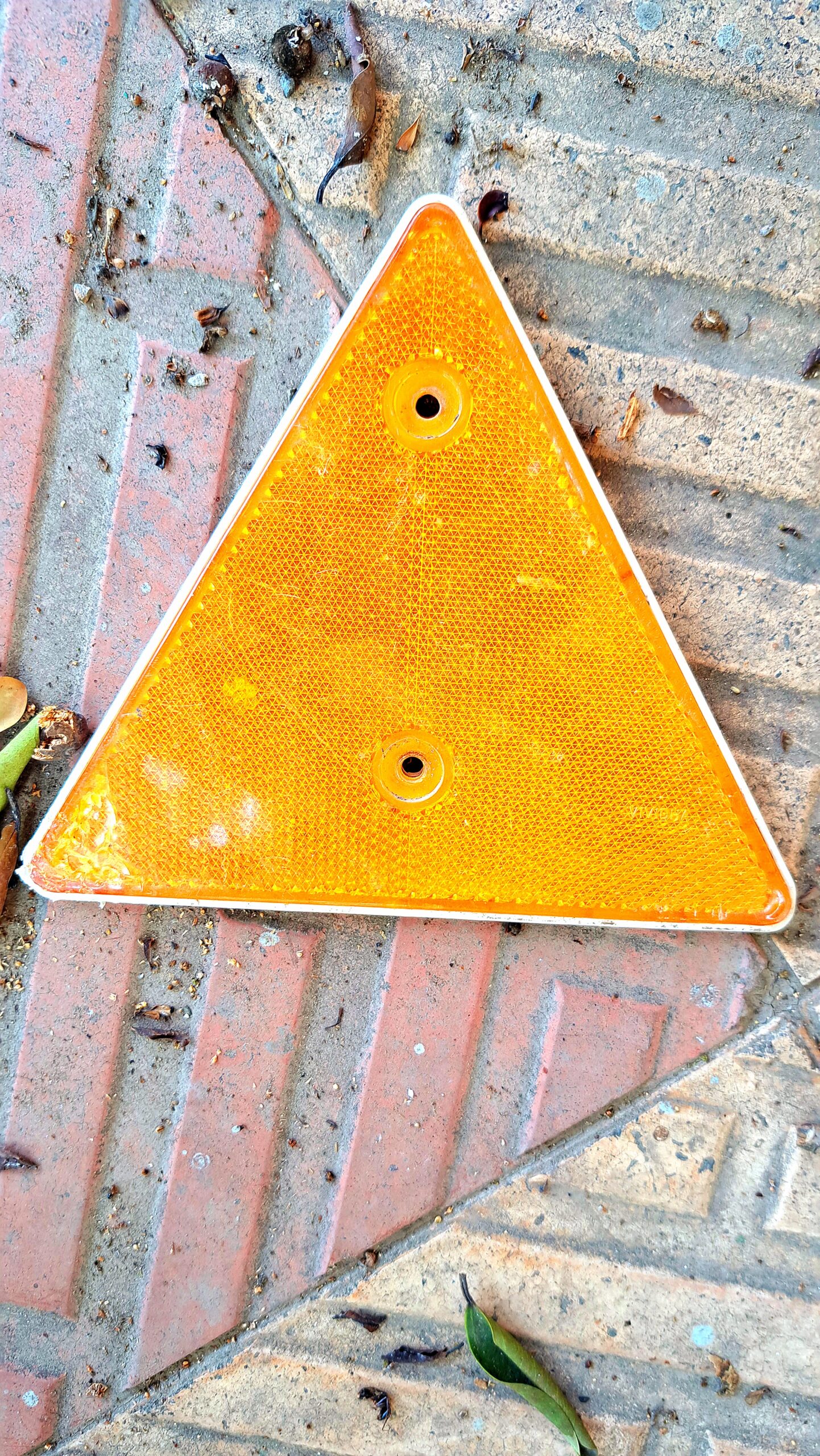What is the correct form for doing push-ups?
Title: Mastering the Push-up: Unlocking the Correct Form for Maximum Benefits
Introduction:Push-ups have long been regarded as one of the most effective and versatile exercises for strengthening the upper body. They work multiple muscle groups simultaneously, targeting the chest, shoulders, arms, and core. However, performing push-ups with incorrect form can lead to ineffective workouts and even potential injury. In this blog, we will walk you through the correct form for doing push-ups, enabling you to make the most out of this classic exercise.
1. Starting Position:Begin by positioning yourself face-down on the floor (or exercise mat) with your hands slightly wider than shoulder-width apart. Your fingers should be pointing forward, with your arms extended fully. Your legs should be straight and your toes touching the ground.
2. Body Alignment:Maintaining proper body alignment is crucial for performing push-ups correctly. Your body should form a straight line from your head to your heels. Avoid arching your back or letting your hips sag towards the ground.
3. Engage the Core:To optimize your push-up form, engage your core muscles by squeezing your abdominal muscles and glutes. This will help stabilize your body throughout the exercise and protect your lower back.
4. Controlled Descent:With your body properly aligned and engaged, start the movement by slowly lowering yourself towards the ground. Keep your elbows close to your sides, forming a 45-degree angle with your torso. Descend until your chest is a few inches off the ground, while maintaining a straight line from head to heels.
5. Pushing Back Up:Once you have reached the bottom position, it’s time to push yourself back up to the starting position. Exhale as you straighten your arms, but be mindful not to lock your elbows fully. Continue pushing until your arms are fully extended, but without elevating your hips or letting your lower back sag.
6. Breathing:Don’t forget to focus on your breathing throughout the exercise. Inhale as you lower yourself towards the ground, and exhale as you push back up to the starting position. Maintaining a steady breathing pattern will help you maintain tension and stability during the movement.
7. Modifications:If you find regular push-ups too challenging initially, don’t worry. There are several modifications you can use to gradually build strength and improve your form. For instance, you can start with knee push-ups or perform push-ups against a wall, gradually progressing to full push-ups as you get stronger.
Conclusion:Mastering the correct form for push-ups is key to maximizing the benefits of this exercise while minimizing the risk of injury. By following the steps outlined above, you can confidently perform push-ups with proper technique and efficiency. Remember, practice makes perfect, so be patient and consistent in your efforts. With time and dedication, you’ll be amazed at the progress you can achieve in your upper body strength and overall fitness.



